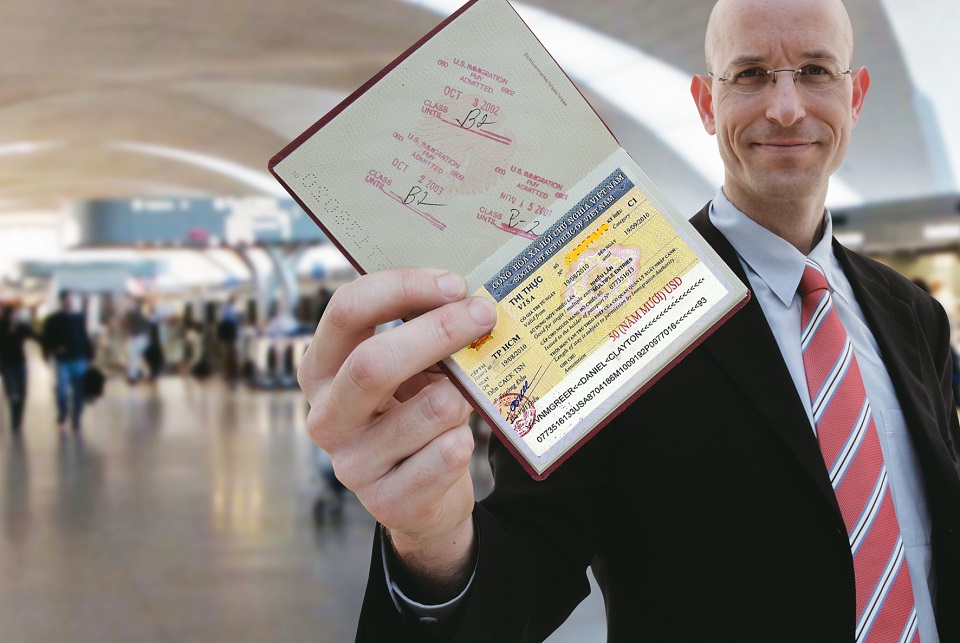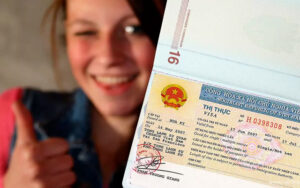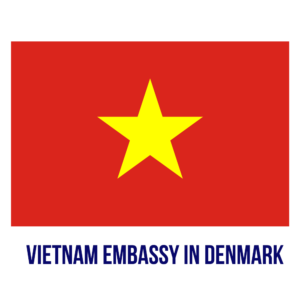Table of Contents
Introduction: Vietnam E-Visa for Danish Citizens – A Comprehensive Guide
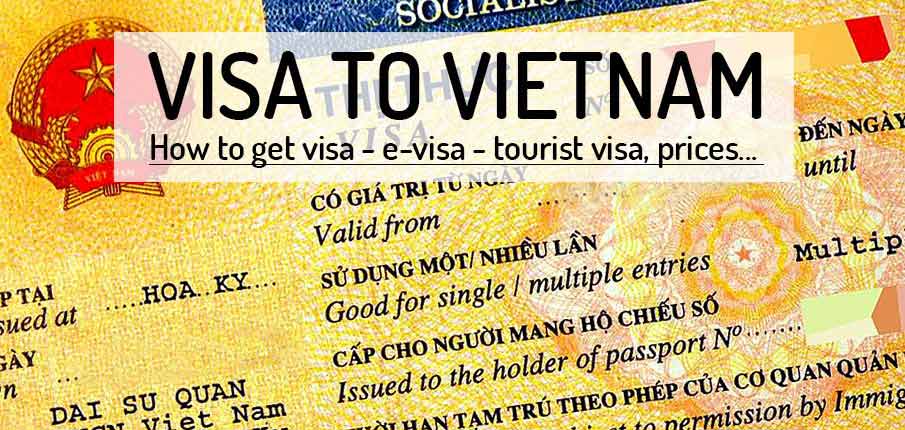
Vietnam’s E-Visa system has revolutionized travel for international visitors, offering a streamlined alternative to traditional visa applications. For Danish citizens, this digital solution means less paperwork and faster processing times. But what exactly does the E-Visa entail, and how does it differ from other visa types?
Understanding the Vietnam E-Visa
The Vietnam E-Visa is an electronic travel authorization that allows eligible foreigners, including Danish nationals, to enter Vietnam for tourism, business, or transit purposes. Unlike traditional visas, which require embassy visits or mailed applications, the E-Visa can be obtained entirely online.
This convenience comes with specific conditions: the E-Visa is typically valid for 30 days, with a single-entry allowance. For longer stays or multiple entries, alternative visa options may be necessary.
Why Choose the E-Visa Over Traditional Visas?
For Danish travelers, the E-Visa offers undeniable advantages. The online application eliminates the need for in-person appointments or courier services, reducing both time and cost. Additionally, approvals are often processed within three business days, making it ideal for last-minute travel plans.
However, it’s essential to verify eligibility and entry requirements before applying. Not all border checkpoints accept E-Visas, and certain travel purposes may require a different visa type.
Historical Context: Vietnam’s Shift to Digital Visas
Vietnam introduced the E-Visa system in 2017 as part of a broader effort to boost tourism and simplify entry procedures. Initially available to citizens of 40 countries, the program has since expanded to include over 80 nationalities, Denmark among them.
This digital transformation reflects Vietnam’s commitment to modernizing its immigration processes while maintaining security standards. For Danish travelers, it means a hassle-free way to explore Vietnam’s wonders.
Eligibility Criteria for Danish Passport Holders Applying for a Vietnam E-Visa

Before diving into the application process, Danish citizens must confirm their eligibility for the Vietnam E-Visa. While the requirements are straightforward, overlooking details could lead to delays or rejections.
Passport Validity and Other Key Requirements
A valid passport is the cornerstone of any visa application. For Danish applicants, the passport must:
- Be valid for at least six months beyond the intended date of entry into Vietnam.
- Have at least two blank pages for immigration stamps.
Additionally, travelers must provide a recent passport-sized photo in digital format. The image should meet specific criteria, such as a plain white background and neutral facial expression.
Purpose of Visit and Entry Restrictions
The Vietnam E-Visa is primarily intended for tourism, short-term business visits, or transit. Danish citizens planning to work, study, or stay longer than 30 days will need to apply for a different visa category.
It’s also crucial to note that the E-Visa is only valid for entry through designated airports, land borders, and seaports. Travelers should verify their intended entry point is E-Visa-approved before finalizing plans.
Special Considerations for Dual Nationals
Danish citizens holding dual nationality should apply using the passport they intend to travel with. Inconsistencies between the application and travel documents can result in denied entry.
For those with complex travel histories or previous visa issues, consulting the Vietnamese embassy or a visa specialist may be advisable to avoid complications.
Step-by-Step Application Process: How to Obtain a Vietnam E-Visa from Denmark
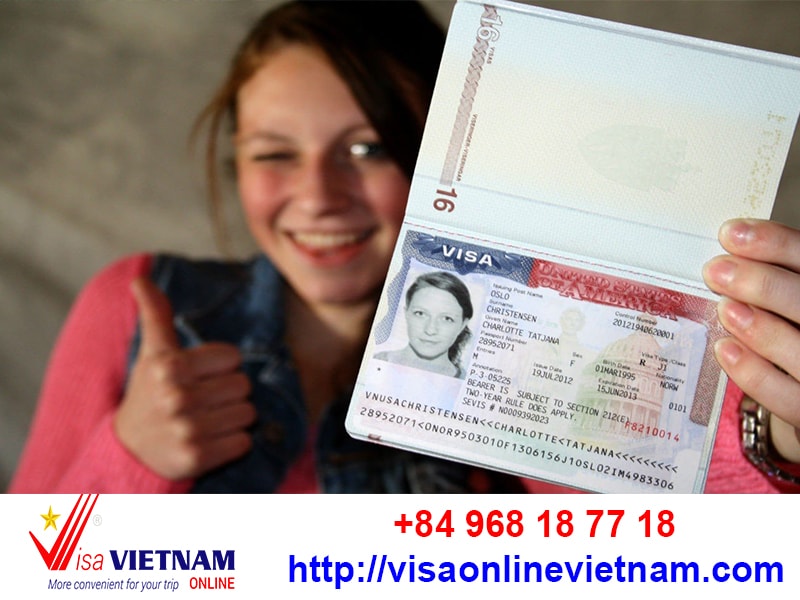
Navigating the E-Visa application can seem daunting, but breaking it down into manageable steps simplifies the process. Here’s a detailed walkthrough for Danish applicants.
Accessing the Official E-Visa Portal
The first step is locating the official Vietnam E-Visa website. Beware of third-party platforms that charge inflated fees or offer fraudulent services. The legitimate portal is operated by the Vietnamese Immigration Department and features a secure, user-friendly interface.
Once on the site, select English as the preferred language to ensure clarity throughout the application.
Filling Out the Application Form
The online form requires personal details, passport information, and travel plans. Accuracy is paramount—any discrepancies could delay processing. Key sections include:
- Personal Information: Full name, date of birth, and nationality as they appear on the passport.
- Passport Details: Number, issue date, and expiry date.
- Travel Plans: Entry and exit dates, along with the intended port of entry.
Applicants must also upload a digital passport photo and a scanned copy of the passport’s biographical page.
Payment and Submission
The E-Visa fee is paid online via credit or debit card. As of 2023, the cost is approximately $25 USD, though this may vary slightly due to exchange rates.
After submission, a confirmation email with a reference number is sent. This number allows applicants to track their application status online.
Required Documents and Information for Your Vietnam E-Visa Application
Preparing the necessary documents in advance can expedite the application process. Here’s what Danish travelers need to have on hand.
Digital Passport Photo Specifications
The photo must be recent (taken within the last six months) and meet the following criteria:
- Dimensions: 4×6 cm or 2×2 inches.
- Background: Plain white or off-white.
- Expression: Neutral, with eyes open and clearly visible.
Avoid wearing glasses or headwear unless for religious reasons, and ensure the image is high-resolution and free of shadows.
Scanned Passport Copy
A clear, color scan of the passport’s biographical page is required. The scan should include:
- Full name, date of birth, and nationality.
- Passport number and expiry date.
- The machine-readable zone (MRZ) at the bottom of the page.
Blurry or incomplete scans may result in processing delays.
Travel Itinerary and Accommodation Details
While not always mandatory, providing a tentative travel itinerary can strengthen the application. This includes:
- Flight details (entry and exit dates).
- Accommodation bookings or the address of your first hotel.
For those visiting friends or family, an invitation letter from the host may be requested.
Vietnam E-Visa Processing Time, Fees, and Validity for Danish Applicants
Understanding the timeline and costs associated with the E-Visa helps Danish travelers plan accordingly.
Standard Processing Time
Most applications are processed within three business days. However, during peak travel seasons or due to high volumes, delays may occur. Applying at least a week before departure is advisable.
Fee Structure and Payment Methods
The E-Visa fee is non-refundable, even if the application is denied. Payment is accepted via major credit and debit cards, including Visa and Mastercard.
Some third-party agencies charge additional service fees, but these are unnecessary when applying directly through the official portal.
Validity and Entry Conditions
Once approved, the E-Visa is valid for 30 days from the specified entry date. It permits a single entry, meaning travelers cannot exit and re-enter Vietnam on the same visa.
Extensions are not possible with an E-Visa; those needing longer stays must apply for a different visa type before arrival.
Frequently Asked Questions: Addressing Common Concerns of Danish Travelers Applying for Vietnam E-Visas
Even with a straightforward process, questions often arise. Here are answers to some of the most common queries.
Can I Apply for an E-Visa Upon Arrival in Vietnam?
No. The E-Visa must be obtained online before travel. Visa-on-arrival options exist but require pre-approval through a travel agency, which involves additional steps and fees.
What If My E-Visa Application Is Denied?
Denials are rare but can occur due to incomplete information or invalid documents. In such cases, applicants may reapply or seek a traditional visa through the Vietnamese embassy.
Is the E-Visa Valid for All Entry Points?
No. Only designated international airports, land borders, and seaports accept E-Visas. Always verify your intended entry point is listed on the official website.
Conclusion
Securing a Vietnam E-Visa as a Danish citizen is a straightforward process that opens the door to an enriching travel experience. By following this guide—from confirming eligibility to submitting the application—you can ensure a smooth journey from Denmark to Vietnam’s vibrant shores.
With the E-Visa in hand, all that’s left is to immerse yourself in Vietnam’s captivating culture, breathtaking landscapes, and unparalleled hospitality. Safe travels!
`




